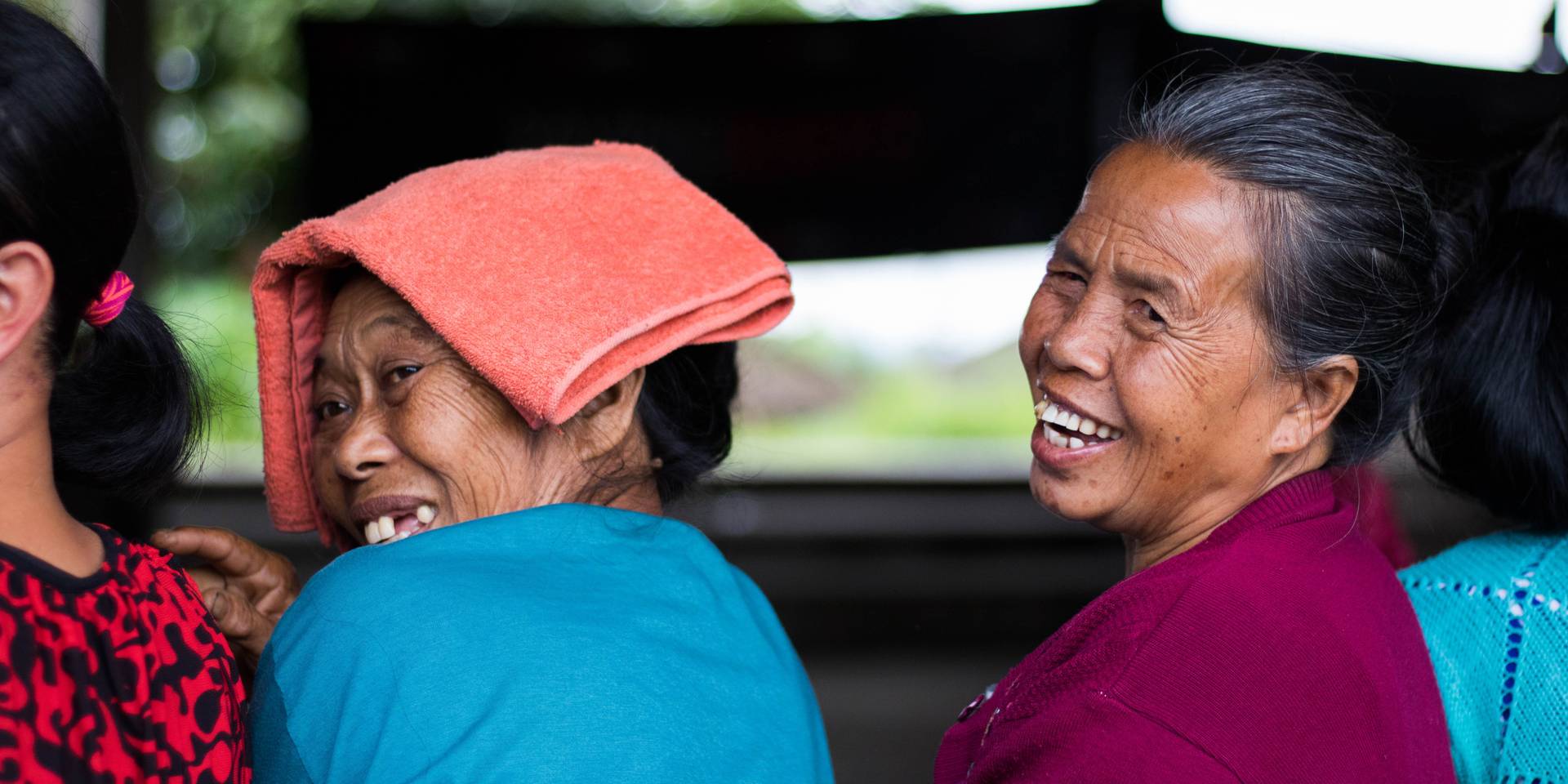
The demographic dividend:
An economic development opportunity
The demographic dividend is the economic growth potential presented by a change in the age structure of the population with an increasing number of people in the workforce relative to the number of dependents.
Such a demographic shift can lead to accelerated economic development if policies in areas such as education, health, the economy and governance are put in place to lead to sustained economic development. Gender concerns are central to achieving the demographic dividend. Gender inequality and discrimination in both public and private spheres are widely recognized as key barriers to sustainable development.
Data

- Of the world’s 1.2 billion young people aged 15–24, some 0.7 billion are currently living in the Asia and the Pacific, accounting for 15 per cent of the region’s total population.
- Some countries still have high total fertility rates and adolescent fertility rates. In 2019, In 2019, Nepal and Lao People’s Democratic Republic had the region’s highest rates of adolescent fertility, at, respectively, 65.1 and 65.4 births per 1,000 adolescent women aged 15–19.
- In many countries of the region in a position to experience the demographic dividend, such as Timor-Leste and Papua New Guinea, only half of women of reproductive age (15–49) have their need for family planning satisfied met by modern methods.

Fact
- Asia and the Pacific is the largest region in the world in both geographic area and number people. The region’s population increased from 3.8 billion in 2000 to 4.6 billion in 2019. While population growth rates are gradually declining, there has still been an average increase of 42 million people each year since 2000. By 2030 and by 2050, the regional economy will have to support approximately 4.9 billion and 5.1 billion people, respectively.
- With declining dependency ratios, in conjunction with diminishing fertility, is important for developing countries to achieve economic growth. From a regional context, China, the Republic of Korea and Thailand, all countries which lowered fertility and population growth through health-care initiatives and public awareness campaigns, were able to significantly reduce their dependency ratios to current levels of approximately 40 dependents for every 100 people of working age. This is in stark contrast to developing countries, such as Timor-Leste, with a dependency ratio of 70 dependents per 100 people of working age (age 15-64).
- While countries across the region have experience improvements in education levels, youth unemployment in the region is a concern, especially for countries with growing youth populations and the challenges caused by the COVID-19 pandemic. The youth unemployment rate is approximately 10 per cent, over twice the figure of the average rate of unemployment.
- During the early stages of the demographic dividend, it is important to act on the mobilization of young people into the workforce. In 2020, the female youth labour force participation rate in South and South-West Asia was only 18.4 per cent compared to 50.6 per cent among males. This indicates a significant loss of potential.



